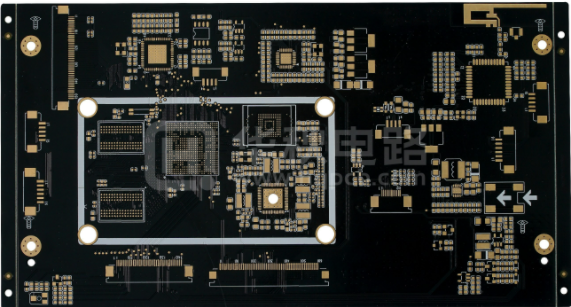Filling resin material is one of the key materials that affect the performance of high-frequency PCB boards. As one of the upstream raw materials of PCB, special resin is used as a filling material to bond and improve the performance of the board.
In the 5G era, PCBs used in base stations will tend to have more layers of highly integrated designs, which puts forward new requirements on the PCB and copper clad substrates themselves. Compared with 4G, in addition to structural changes, 5G has a larger data volume, a larger transmission frequency, and a higher working frequency band. This requires the base station PCB board to have better transmission performance and heat dissipation performance, which means that 5G base stations The PCB board should use a higher frequency, higher transmission speed, and better heat resistance electronic substrate.

At present, PCB prefers polytetrafluoroethylene (PTFE) as the filling resin material, filled with polytetrafluoroethylene and polytetrafluoroethylene reinforced with glass fabric or cermet, which can reduce the cold flow and linear expansion coefficient of composite materials, and improve wear resistance It also reduces the cost of the product. The thermal expansion of filled PTFE is 80-100% lower than that of PTFE, the wear resistance is increased to 6 times, and the thermal conductivity is increased to 2 times.
Among the upstream raw materials, the electrolytic copper foil used in PCB has high technical barriers and capital barriers, and the current industry concentration is relatively high. The global production of electrolytic copper foil is focused on the Asian region. The main suppliers include Nanya Plastics and Changchun Petrochemical in Taiwan, Mitsui Metals and Foton Metals in Japan, and Nissin Metals in South Korea. Regarding upstream special resin materials, the current international leading suppliers in this field are still mainly overseas manufacturers, including Japan’s Mitsubishi Gas, Panasonic, Hitachi Chemical, Rogers, Isola, and Teconley from the United States, and Lianmao from Taiwan., Taiguang, etc.
In order to meet the reliability, complexity, electrical performance and assembly performance of high-frequency and high-speed PCB products, many manufacturers of PCB substrate materials have made different improvements to special resins. Under the current trend of high speed and high frequency, the more mainstream PCB materials include polytetrafluoroethylene resin (PTFE), epoxy resin (EP), bismaleimide triazine resin (BT), and thermosetting cyanate resin (CE), thermosetting polyphenylene ether resin (PPE) and polyimide resin (PI), from which more than 130 types of copper clad laminates are derived. They have a common feature, that is, the dielectric constant and dielectric loss factors of the resin used in the substrate material are very low or low. Most of the manufacturers of these special resins come from Japanese and American companies. Although China is the largest country in the application of copper clad laminates and PCBs, many high-end materials, including high-frequency and high-speed products for base stations, still need to be imported. The production of these high-end resin materials in China still has a certain gap with the world's advanced level. In order to reduce the impact of the steady development of 5G due to the price constraints of foreign material manufacturers, China can further improve production technology and introduce high-end equipment to 5G materials in the future.